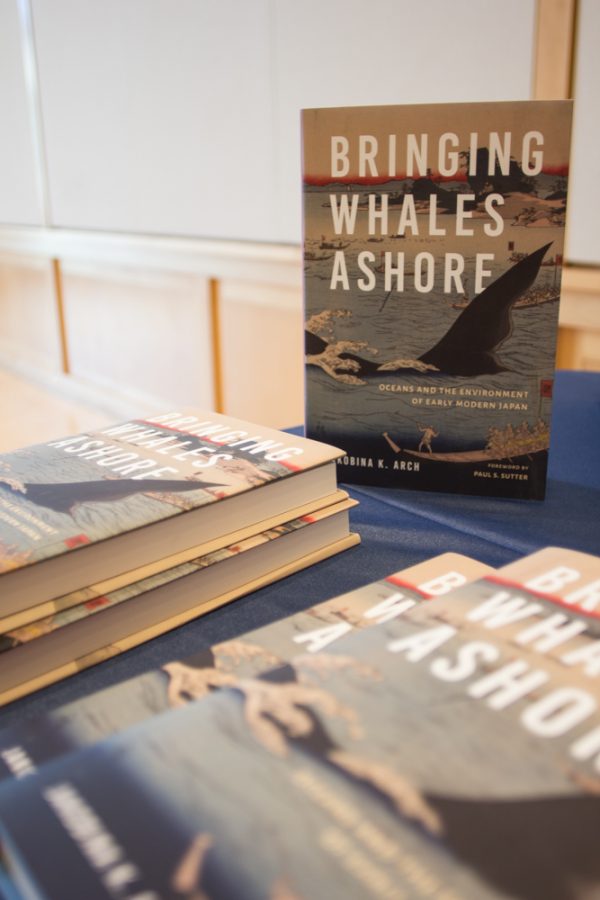Working in a tasting room, I often forget how much of the wine industry depends on the whims of nature. A co-worker (I’ll call him Alex), who has been involved in several seasons of harvest and crush, recently described the relationship between the industry and the local environment. I’d like to share some highlights of our informal discussion with you.
In Alex’s opinion, the most tensely nervous time for a winemaking crew comes during the weeks right before picking. This is because you can’t make good wine if you don’t start with good fruit. You have one shot to pick for any given vintage, and you want to make sure you time it exactly right.
After all, the timing of the pick is one of the only factors over which you have some sort of direct control. (For example, you can’t control the year’s weather, which will largely affect the quality of wine you can produce.) In his words, a winemaker and crew are at the “mercy of nature.”
I’m learning that winemaking involves a synthesis of manual labor and intellectual activity (and some luck). I’ve always sensed an element of romanticism in the wine industry, but I never understood how it extends even to the industry’s grittiest parts. Alex agrees with me that the wine industry plays up the glamour and elegance of consuming wine, but he also believes that the manual labor side is romanticized. Consumers seem to enjoy learning about the brute force involved in making wine; Alex says people love hearing about how he moves barrels or crushes grapes.
I have a hard time thinking of another industry where physical labor is glorified to this extent, or at least in this way. Is it just because wine workers, as opposed to hay farmers, for instance, are making a luxury product?
I can’t yet answer this question, but I remain drawn to the industry for a reason I believe many people are drawn to it: the lack of alienation from labor. At least in the winery where I work, employees see the wine being made (if they don’t make it themselves) and they have the opportunity to see the vineyards where our fruit comes from. All the steps, from grape to bottle, are so intimately and tangibly connected. In this way, the fluctuating, sometimes glorious, sometimes tenuous relationship between humans and their environment is contained within each sip.




